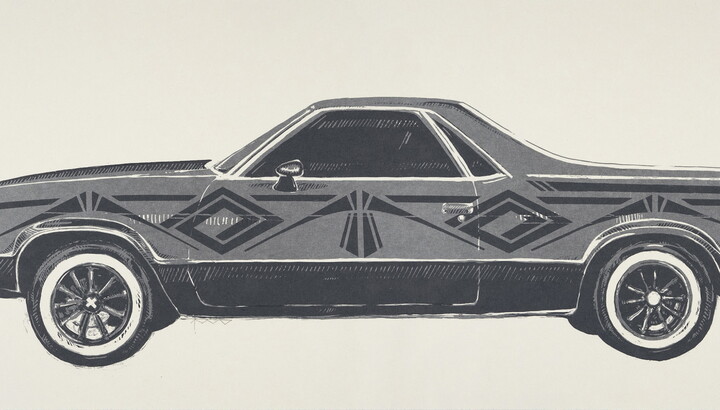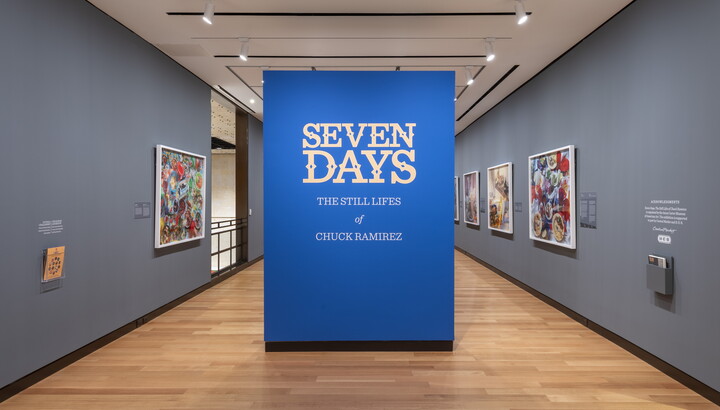The Carter Blog
Carter ARTicles
More than just a photo album
Sep 27, 2021
It wasn’t until I attended the Museum’s photobook workshop in 2019 that I really understood just how much thought and work goes into producing a photobook. Crafting a photobook is all about asking questions. What photos should I include? How does one image look when juxtaposed with another? How much emphasis should each image receive? Do I want to include any text—perhaps a poem? What color should the cover be? What am I trying to say with these images?
Distinguishing a photobook from a book with photography can be a challenge, but to put it simply, it comes down to the artist’s intent. Works chosen for display on the walls of a gallery or online may be entirely different from those chosen for a book. Photobooks are intentionally created by the photographer, using images and sometimes words to craft a cohesive whole, where the sequential, physical book form assists in creating meaning.
The Carter’s Library acquires a wide variety of photobooks, establishing the history of the medium and how American photographers are continuing to develop it. Photobooks are one way for artists to tell stories with their photography, and they come in all shapes and sizes, from Taschen’s immense, table-sized SUMO editions to the compact, slim volumes of Nazraeli Press’s One Picture Book series. Some photographers work with commercial publishers to make their work widely available, and some choose to self-publish in small, hand-bound print runs. Photobooks may encapsulate a specific time or place, others may capture a feeling or emotion, still others may document an artist’s progress through their life or work.
One of my favorite photobooks from the Library’s collection is David H. Gibson’s A Tourist’s Walk in Katsura Garden. Composed of five printed scrolls housed in a handmade cedar box, it takes a step back from the codex form and encourages the reader to embark on their own journey, unrolling the scrolls to reveal maps and photographs. The scrolls’ delicate nature means they cannot be read hastily, and the experience of viewing the book evokes the same deliberate, contemplative path one takes when visiting the gardens in person.
The Library has three print editions of Alec Soth’s genre-defining photobook Sleeping By the Mississippi, as well as a rare unpublished maquette, or mock-up, of which only 30 copies were printed. When compared side by side, these four versions offer us incredible insight into the process by which an artist develops a photobook, as the size, layout, and image choices change between the maquette and the most recent printing.
One of our more recent acquisitions is Endia Beal’s Performance Review, in which she juxtaposes her portraits of professionally dressed Black women with their own accounts of their experiences in corporate America, inviting the viewer to reflect on the tension between their polished appearance and the daily struggles these women face. Photobooks are particularly well-suited for this kind of artistic confrontation, allowing readers to return, reflect, and share a photographer’s message beyond the gallery walls.
Visit the Carter Library to see the current installation, Photo+Books, on view through January 9.






